

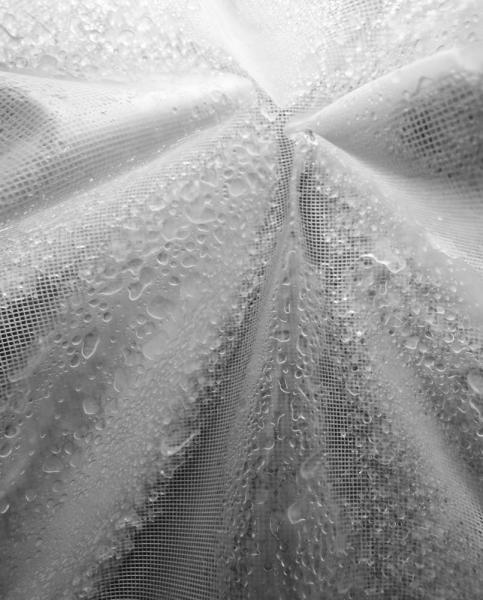
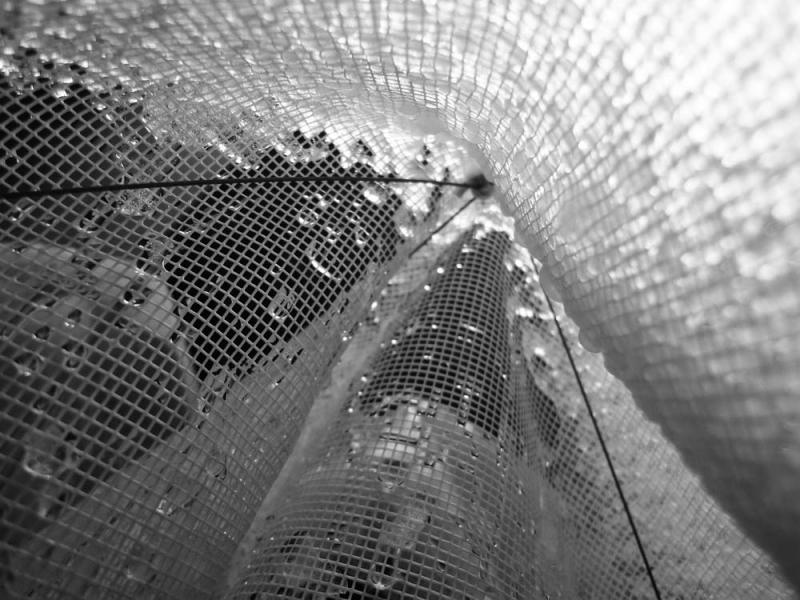
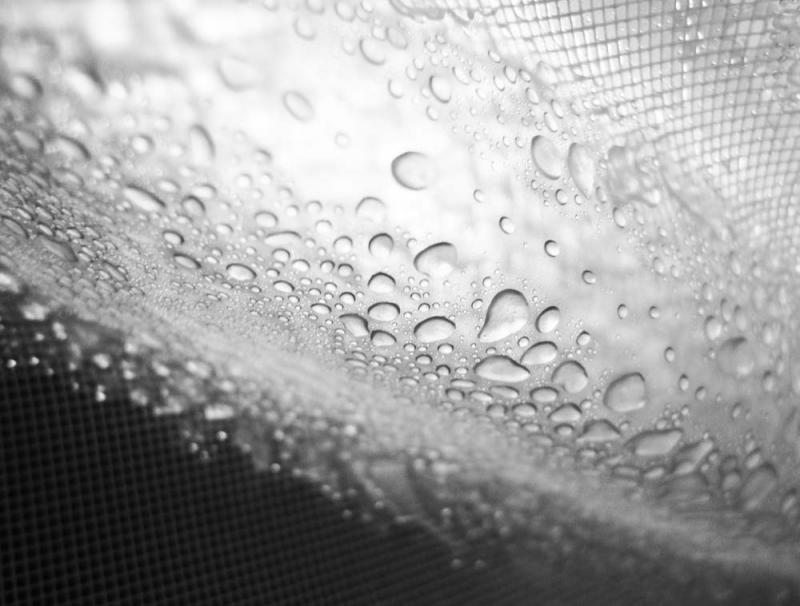
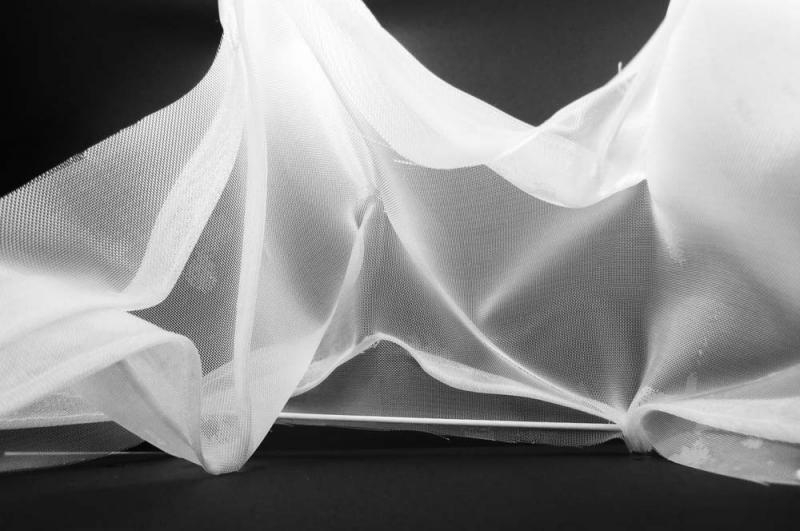
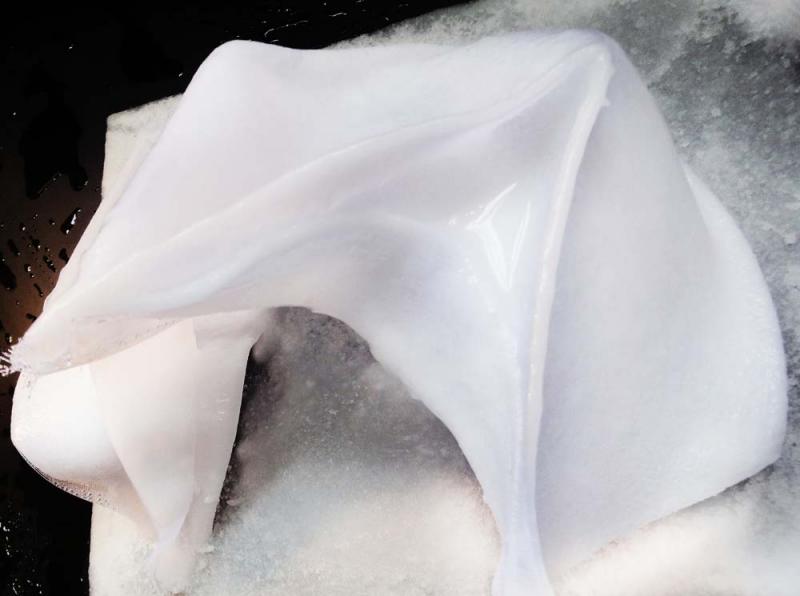

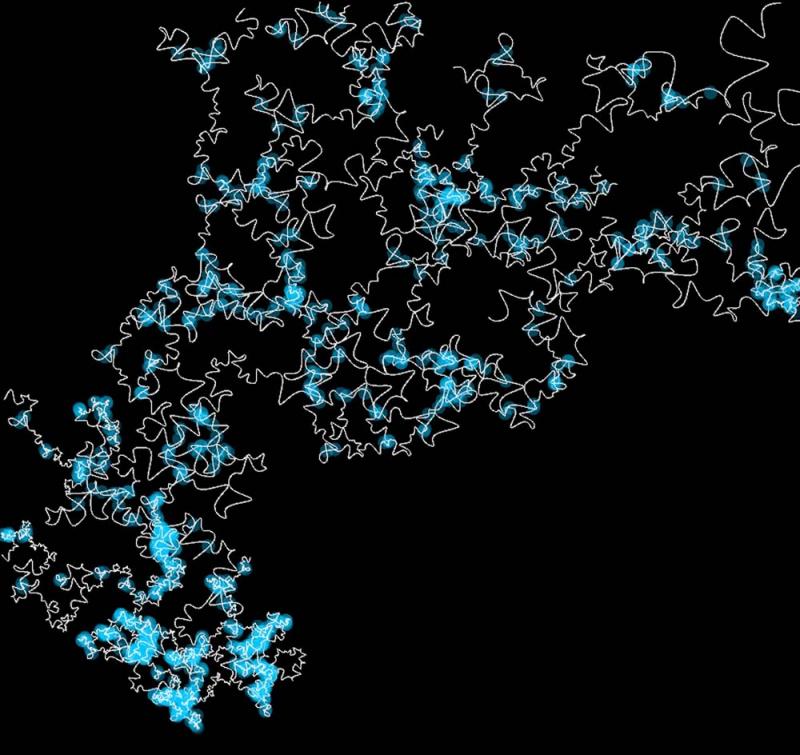
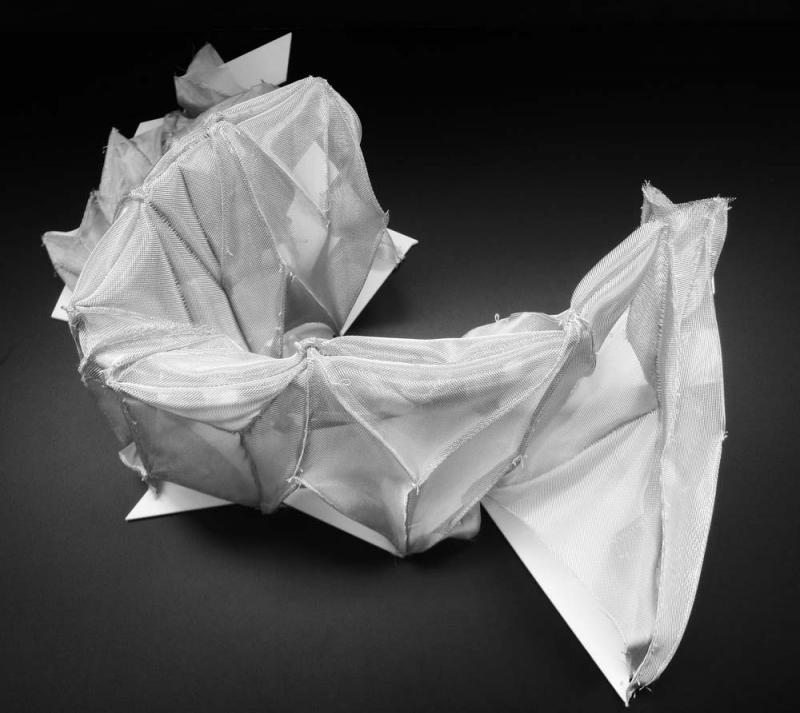
Team Name : ambiFlux
Project Name: - Degree
Kate Revyakina (Russia)
Kathleen O'Donnell (Canada)
Shilpa Pattar (India)
Dramatic changes in artic environments such as the recession of sea ice has led to a decline in traditional hunting and fishing practices and a decline in Ice Bridges which provide access to otherwise unreachable territory. Additionally, interest in the region has increased, with discoveries in energy, minerals and science. Many of these activities are linked to the sea, thus it is imperative that architecture engages the nautical community. The failures of current port models are that, during the winter months it is necessary for ships to break the ice to reach docking areas. This accelerates the melting of sea ice.
These issues demand a prototypical port which incorporates open, social, and cultural space in a hybrid environment; one, which instead reaches out to the water’s edge during the winter months and encourages the aggregation of sea ice.
Extreme natural cycles, such as seasonal light and yearly freeze/thaw of the sea, present challenges to the stability of the architecture and the well-being of the users. To meet these challenges the architecture must be dynamically stable, by adapting to and embracing the forces of nature. This is achieved through interlacing, redundancy, anchoring and flexibility of the system.
The logic of fractals was derived from the nature of coastlines, as a form which responded to and is shaped by nature. In a large networked population, fractals interlace, creating a redundant yet supple system. Additionally, they can shift from a 2 dimensional network of paths to a 3 dimensional structure in a unified and homogeneous system. This system is embedded in the ice formation process to create stability, in a symbiotic relationship deeply intertwined in the temporality of the site.